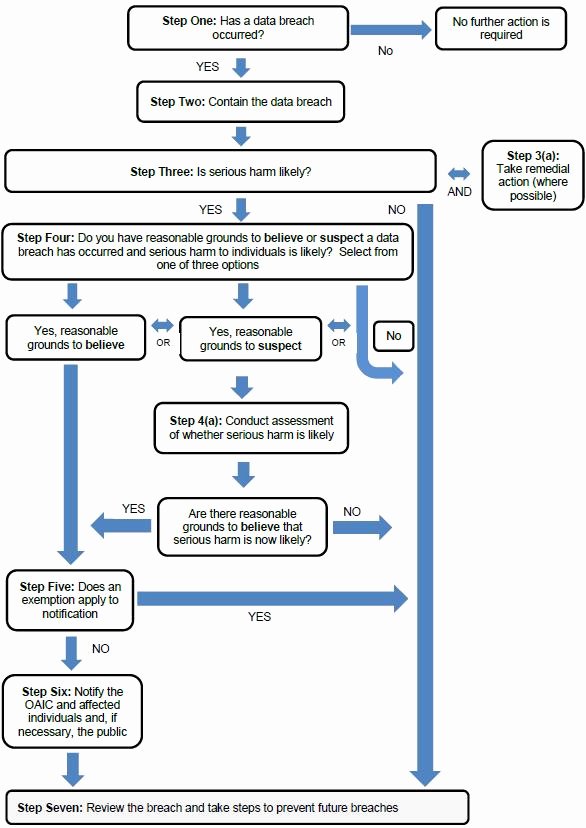6 steps to developing a data breach response plan
A data breach can be a challenging and distressing situation for any organization. It is crucial to have a well-developed data breach response plan in place to effectively handle such incidents. Let's explore the steps involved in creating a robust data breach response plan.
Step 1: Prepare for the Worst
Developing a data breach response plan starts with anticipating potential threats and vulnerabilities. Assess your organization's current security systems and identify any areas that need improvement. Educate employees on best practices for data protection and ensure that all necessary security measures are in place.

Step 2: Establish an Incident Response Team
Assemble a dedicated team of individuals with diverse expertise to handle data breach incidents. This team should include representatives from IT, legal, HR, public relations, and senior management. Each member should have clear roles and responsibilities defined.
Step 3: Create an Incident Response Plan
Develop a detailed plan that outlines the steps to be taken in case of a data breach. Assign specific tasks to team members and establish a clear chain of command. The plan should include procedures for containing the breach, investigating the incident, notifying affected parties, and cooperating with law enforcement if necessary.

Step 4: Test and Revise the Plan
Regularly test your data breach response plan through simulated breach scenarios. This will help identify any gaps or weaknesses in the plan and allow you to make necessary adjustments. Keep the plan up to date by revising it whenever there are changes in the organization's infrastructure or regulations.
Step 5: Train and Educate Employees
Ensure that all employees are aware of the data breach response plan and their roles in the event of an incident. Conduct regular training sessions to educate employees on cybersecurity best practices, such as password protection, phishing awareness, and safe browsing habits.
Step 6: Communicate and Learn from the Incident
In the unfortunate event of a data breach, communication is key. Clearly communicate with affected parties, including customers, employees, and stakeholders. Provide them with timely updates and guidance on how to protect themselves. Additionally, conduct a thorough post-incident analysis to identify lessons learned and further strengthen your organization's security measures.
Creating and implementing a data breach response plan is essential in today's interconnected world, where cyber threats continue to evolve. By being proactive and well-prepared, organizations can minimize the impact of a data breach and safeguard sensitive information.
Remember, prevention is always better than reaction. So, take the necessary steps to protect your organization's data!